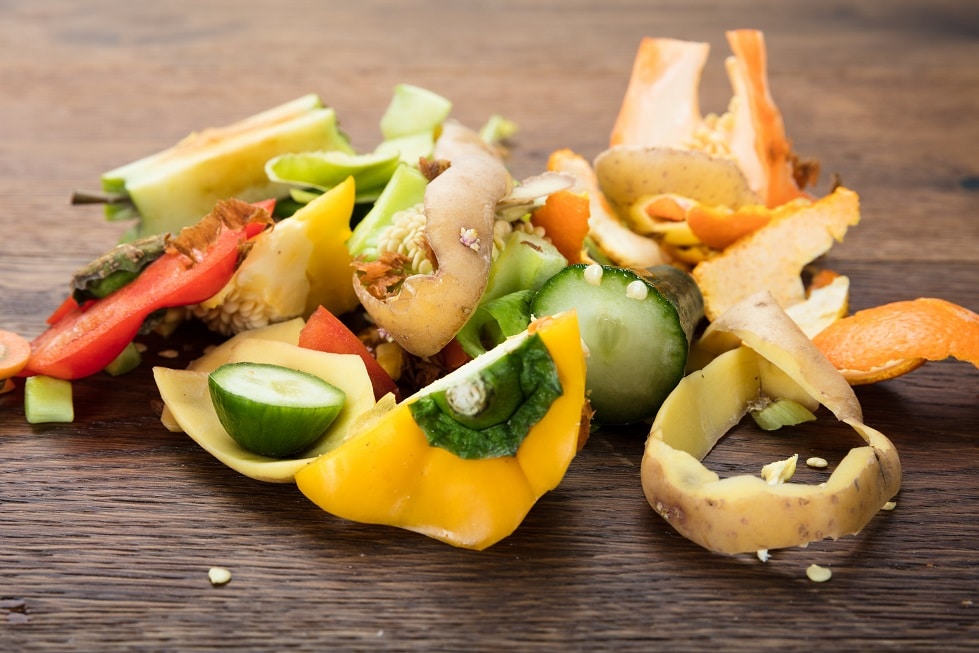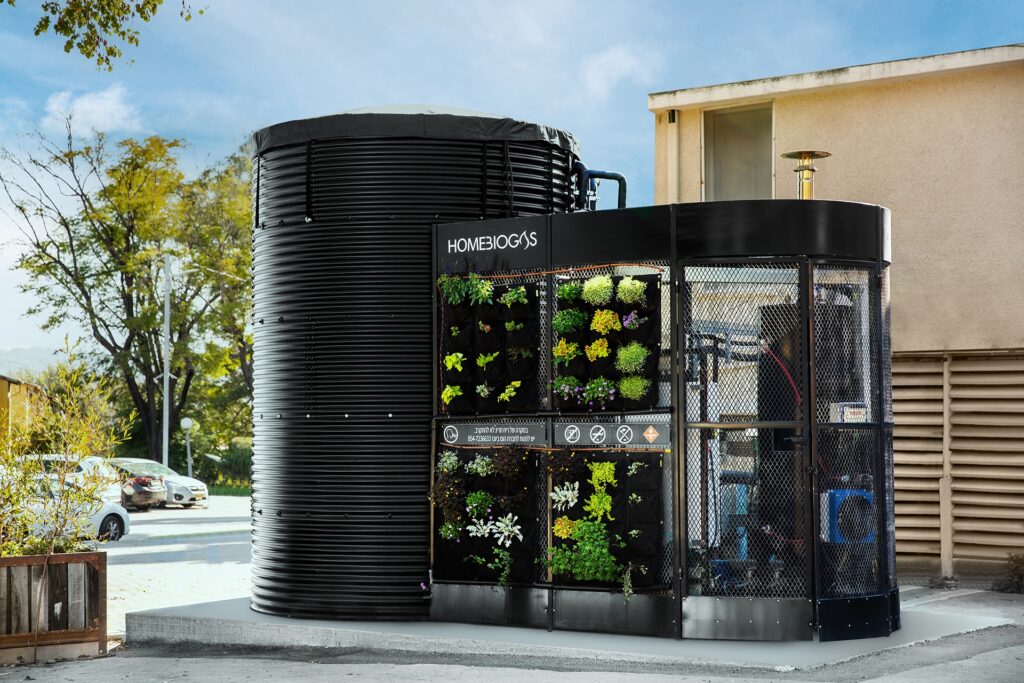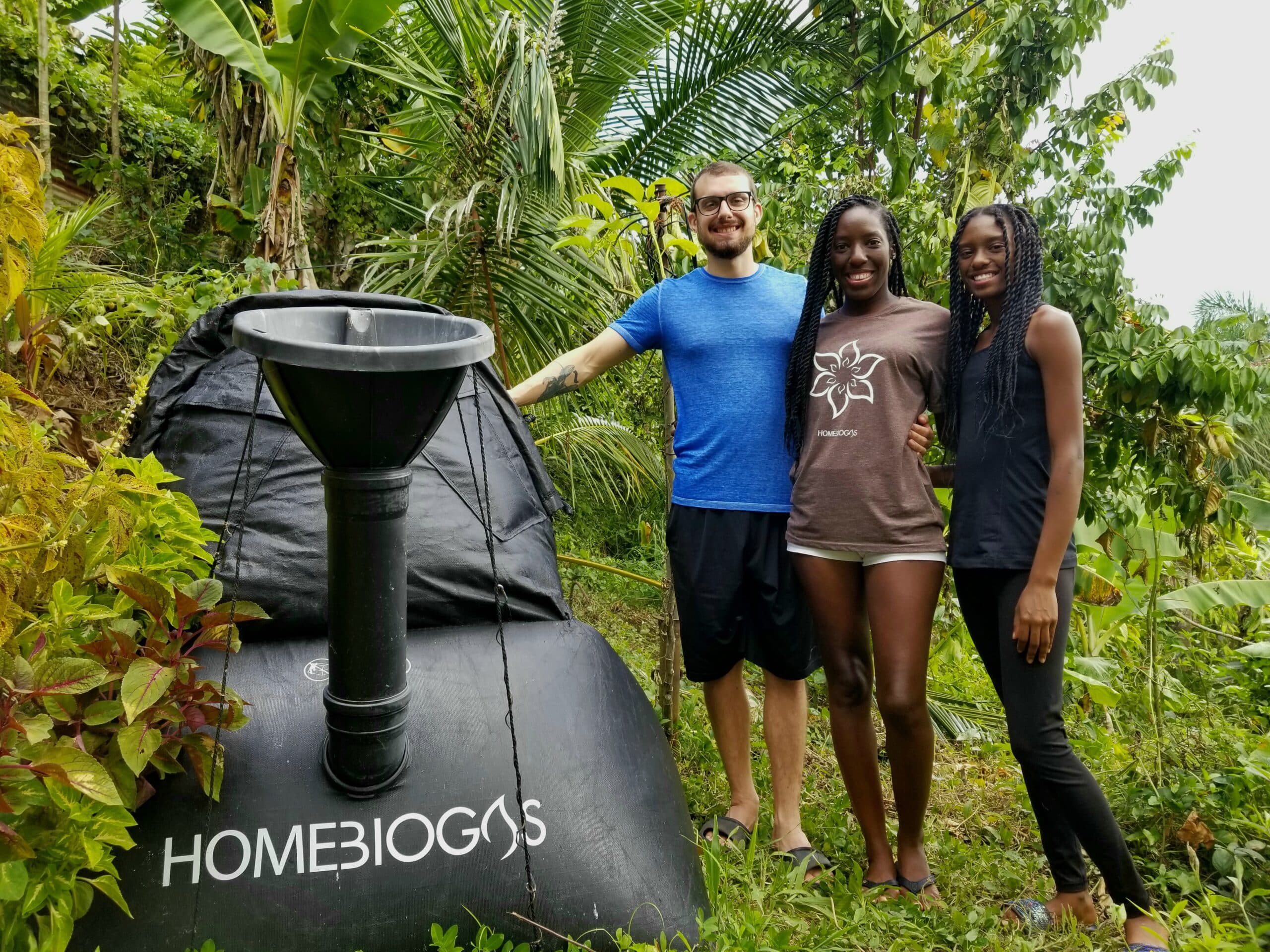
International Day of Awareness of Food Loss and Waste
September 29, 2022, is the third International Day of Awareness of Food Loss and Waste (IDAFLW). While that’s a mouthful to say, a primary issue that IDAFLW is addressing is that as 811 million people in the world go hungry, food loss and waste accounts for 8-10 percent of global greenhouse gas production. This means that at the same time as a huge chunk of the world’s population suffers from food insecurity, food waste rots in landfills, creating potent greenhouse gasses. In fact, according to the UN Environment Programme, greenhouse gasses are generated at every step of the food supply system, regardless of whether the food produced is consumed.
Fueling the problem
Food waste that goes to landfills generates methane, a greenhouse gas that over a 20-year period has 84 times the warming power of carbon dioxide. In fact, methane is one of the primary culprits in causing global warming. While global warming creates an abundance of problems across many areas of human life, for food growth it means extreme weather conditions that impact the nutritional quality of crops grown in addition to the amount of crops grown.
Since the problem is twofold – food is being wasted and the waste is creating an environment where it is harder to produce food, the UN is using IDAFLW to encourage solutions that address multiple issues. They insist that the solution is not simply to create more food, but rather, to be purposeful with the food being produced and the subsequent waste.
One point that IDAFLW strives to make clear is that food is never waste, emphasizing that:
“By applying circular practices, lost and wasted food can be converted to compost, or used to produce biogas, thereby avoiding harmful methane emissions.”
Waste is a resource
As a waste-to-resource solution, HomeBiogas addresses this issue. Not only is a HomeBiogas system a solution for managing food waste, but it actually runs on it. Through the process known as anaerobic digestion, HomeBiogas digesters take organic food waste, like scraps from cooking, and in its oxygen free environment, produce biogas, a renewable and clean energy. With the help of the included pipe, biogas is then directed from the digester to the HomeBiogas stovetop, allowing users to cook their food over flame produced from their food waste.
For larger operations in the hospitality and food service industry, the HomeBiogas commercial system serves the same purpose of redirecting waste from the landfill and utilizing it as a valuable resource. With the commercial system, food scraps are transformed into renewable energy that is used to heat water.
Circling back on the circle
While redirecting food waste from the landfill back to the kitchen, HomeBigoas systems also produce a biofertilizer. From the naturally occurring anaerobic digestion that takes place in the oxygen free environment of HomeBiogas systems, an organic liquid fertilizer is a resulting byproduct. For families who have a HomeBiogas system in their homes, the biofertilizer is a way to feed their gardens and see sustainability in action.
When used in restaurants, hotels and educational or community centers, the HomeBiogas system is a tool for both teaching about completing a closed ecological loop and demonstrating the importance of sustainable living. These businesses are able to cook food for guests with free gas and guarantee that the food from their garden was grown without pesticides thanks to the biofertilizer.
For HomeBiogas customers living in rural areas or in developing countries, creating the full circle is more than just doing their part to live a greener life. HomeBiogas customers like Mike and Britney who live off the grid in Puerto Rico and the residents of refugee camps using HomeBiogas systems, are able to dispose of their waste, cook with clean energy and feed their garden.
HomeBiogas is a solution
A primary goal of the International Day of Awareness of Food Loss and Waste is to emphasize the world’s immediate need to maximize the use of food that is produced. In fact, reducing food waste by using it to power your life is one of the most impactful climate solutions that one can take. You can live a greener life at home, by fueling your daily cooking with biogas. See which HomeBiogas system is best for you and start maximizing your waste and utilizing it as a resource!








